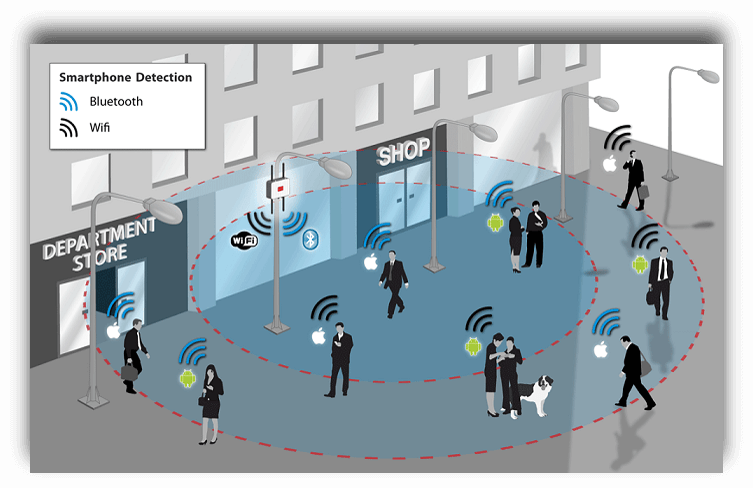Why is proximity marketing the next big thing?
Digital Marketing 15 Oct 2019 Sami Al-Taher
Why is proximity marketing the next big thing?
If you have not begun toying with the idea of investing in proximity marketing, then you should consider this as a wakeup call! Let's look at a few consumer and industry trends that highlight why investing in proximity marketing is the need of the hour.
- Your competitors are already getting smarter by embracing proximity marketing
- 71% were able to track and understand customer browsing and buying patterns
- 65% were able to target customers down to the aisle level
- 59% of customers were more engaged in the store
- 53% were able to create more relevant and compelling offers in the store
- 24% saw an increase in sales
- 24% saw an increase in offer redemption
- Your customers have already dedicated their attention to their phones
- The average clickthrough rate (CTR) for beacon based push notifications can be as high as 80%, according to the data published by push notification technologist Kahuna.
- The average clickthrough rate (CTR) for an email is 1% to 3%, according to a recent report by Mailchimp
- The average clickthrough rate (CTR) for a Facebook ad is 0.119%, according to a recent Wordstream report
- The online world is fast coming offline
Whether you are willing to embrace proximity marketing for your business or not, your competitors are definitely going to. According to the Q1 2017 report by Proximity.directory, 75% of retailers in the U.S. are integrating proximity technologies into their marketing mix to increase operating profit. In fact, by using Bluetooth beacon technology, retailers can improve their position and increase operating profit by nearly 9% with an ROI of 175%, according to the report.
This rise of proximity marketing has some wide ranging benefits; the primary one being understanding customer browsing and buying patterns. Few of the other benefits that retailers saw in 2017 are:
So much so that, by 2020 the world will see 50 billion devices connected to the internet. Out of this 400 million will be beacons!
According to a recent report from InReality, a retail marketing and strategy firm, 75% of consumers use their mobile devices while shopping in stores. Thus, while you are busy fighting the retail battle against Amazon or other e-commerce giants out there, you are actually losing the attention battle to Instagram, Facebook and even email. The best way ahead is to reach out to your customers on the channel that is most personal to them - their smartphones. And while this may make you think that you need to push more Facebook posts or send more emails, chances are that your message is highly likely to get lost in a sea of never ending noise. This is where proximity marketing comes into the picture - beacons and geofencing allow you to deliver a relevant push notification to your custome's mobile screen at the exact moment, that calls for their attention.
Here are a few data points that all the more underline why proximity marketing is the best way ahead:
Although, companies such as Coca Cola that ran proximity campaigns through their own app have seen CTRs as high as 50-60%, most companies do not see such high CTRs. Typically the CTR of a beacon campaign in 10-12%, which is still 10 times the CTR of an email campaign and 100 times the CTR of Facebook ads.
At the Digital-Life-Design (DLD) conference, Scott Galloway of NYU Stern stated that "brick and mortar stores are the new black in the world of e-commerce". He stated that going ahead, pure play e-commerce will not work, and that the future of commerce lies in an omni-channel strategy that blurs the online and offline worlds. This is one of the main reasons why pop-up stores have exploded and are currently fueling the retail revolution. In fact, according to PopUp Republic, the pop-up market has grown to become an industry worth approximately $10 billion in sales.


Leave a Comment